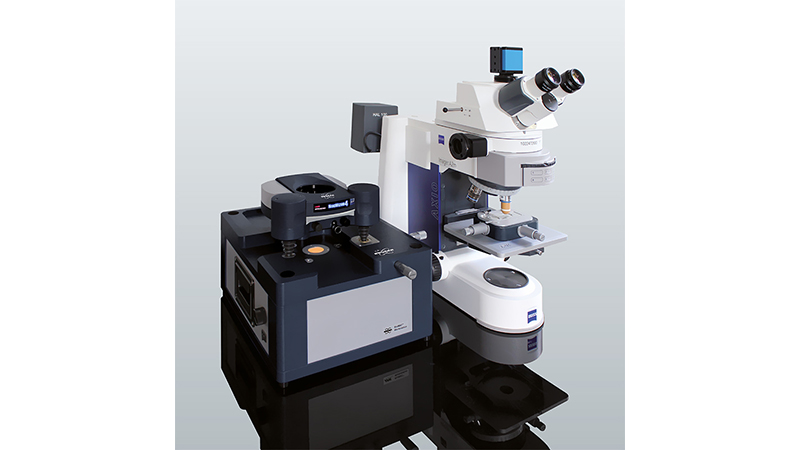Studying Texture of Paper With AFM and Upright Optical Microscopy Using the BioMAT Workstation
KEYWORDS: Cellulose; Fluid Transport; Height Image; Ink Mileage; Opaque Samples; Paper;Toner Particles; Topography; Upright Optical Microscopy
The BioMat Workstation enables the comprehensive structural investigation of non-transparent samples like paper. This allows researchers to gain unique insights into how nanoscale structural properties impact a material's behavior, even on samples that are otherwise inaccessible by combined AFM and optical microscopy.
Combining AFM with optical microscopy enables detailed characterization of the surface and bulk structures of paper. Nevertheless, sample characteristics can create barriers to this method. This is particularly true for non-transparent samples, which cannot be investigated with an inverted optical microscope positioned underneath the sample. This challenge cannot be overcome through simple instrument configuration changes; in such cases, placing the objective of an upright microscope above the sample leaves too little space for the AFM to access the sample location. The BioMAT Workstation overcomes both of these problems.
Readers can expect to learn about:
- The BioMat Workstation's unique portable shuttle stage;
- How this innovative design enables the investigation of non-transparent samples;
- The full compatibility of the BioMAT Workstation with upright optical microscopy techniques; and
- Example experiments and data collected using this technical combination to investigate the structural properties of paper and toner particles.


